Opinion: “Positive” racial stereotypes aren’t so positive for students
Credit: Alyssa Ao
WSPN’s Reva Datar and Alyssa Ao describe the impacts of the model minority stereotype on students.
Asian people are often seen as the “model minority:” intelligent and ambitious. While these descriptors might seem like praise on the surface, especially in comparison to the open bigotry aimed at other minorities in America, they produce insidious effects that are frequently overlooked.
In a 2021 poll conducted by the nonprofit organization Leading Asian Americans to Unite for Change (LAAUNC), respondents were asked to describe Asian Americans with three adjectives. The leading answers were “Smart/Intelligent,” “Hard-Working” and “Kind/Nice/Thoughtful.” In comparison to other racial groups, Asian Americans were least thought of as “Entitled/Privileged,” “Strong/Confident/Brave” and “Racist.”
Half of the respondents of the poll agreed with the statement that Asian Americans are “more competent in their work” compared to other Americans. The model minority stereotype portrays Asian Americans as productive, polite and quiet.
But where did this perception come from?
The first usage of the term “model minority” was in a 1966 New York Times article by sociologist William Petersen on the “success story” of Japanese Americans following their incarceration in internment camps during World War II. Petersen claimed that a person carrying the “visual stigma” of being nonwhite had little to no chance of succeeding, but Japanese Americans were “the outstanding exception,” overcoming discrimination while other “problem minorities” were unable to do so. He cited Japanese culture as an explanation, including work ethic and family structure.
Many attribute the prevalence of the model minority stereotype to cultural differences. Those who come from immigrant backgrounds or families are familiar with the ideals of strict work ethic and discipline. In many countries in Asia, education is one of the most important aspects of life. The educational systems in these countries are highly competitive. Therefore, many Asian American families prioritize academics.
Notably, the expectation for Asians to succeed is a constant presence in academic environments. In school, Asian students are often perceived as model students who automatically prioritize and achieve perfect academic results. At Wayland High School, many Asian students feel that this stereotype plays a role in their experiences.
“[People] think that it’s our parents that are our motivations, or that we’re genetically inclined to be more smart, determined and competitive,” freshman Kanmani Sekhar said “We’re literally normal people with urges to succeed in a world that was built catered to the white man.”
Another possible explanation besides cultural factors is selective immigration. After the 1965 Immigration Act, many previous restrictions were reversed, and a greater number of immigrants were able to enter the U.S. from Asia. However, professionals with highly educated backgrounds were prioritized. Those who were able to immigrate to America from Asia were frequently those with more resources, and as a result, fit into the model minority mold.
The model minority myth is not a “natural phenomenon.” It isn’t a basic fact of biology or circumstance. It was built over generations by people and complicated situations. Being Asian does not mean you have the capacity to achieve more academically than others. It does not mean that you are born with intelligence and talent that others lack, or that you are more disciplined or more naturally inclined towards studying.
“I feel a need to prove to people that I’m not genetically smart,” Sekhar said. “I mean, I’m really dumb at some points. I don’t always get amazing test scores. It’s not the stereotypes that are making me get good scores, it’s me wanting to make a way for myself in the world and wanting to give myself opportunities.”
The stereotype extends to educators’ perception of their Asian students. As “model students,” Asians are generally not offered any additional attention as they are assumed not to need any, and those who do need those resources suffer for it. A 2013 research article from the American Sociological Association finds “in contrast to the generally negative stereotypes of black and Hispanic youth, many Asian students encounter a model student stereotype in the classroom… These stereotypes contribute to teachers’ views of Asian students as model students requiring less effort and time in the classroom.”
Teachers are not the only ones who may knowingly or unknowingly place pressure on Asian students. Students face expectations on virtually all sides. Without fulfilling their role as a model student, an Asian student’s identity is rendered invalid. They must meet, or at least strive towards the mounting requirements that define their validity as an Asian.
“I think that family has a larger role in pressure for academics, but peers also contribute to that,” freshman Henry Han said. “Every so often, you hear this Asian joke. Maybe you don’t do well on one test, and then they’re like, ‘Oh, you’re Asian. How could you get a grade that’s not an A?’”
In Wayland, Asian students at times feel that they are expected to aim higher, reach further and achieve consistent success in comparison to their peers. Often, achievements are expected by family and within the school— they are believed to come naturally to Asian students and not as the result of real dedication or hard work. However, students must work hard to achieve the level of success they do in school, and the stereotype can contribute to the pressure of academic performance.
“In my experience, it’s probably made me try [to] go for harder things in school,” Han said. “Just try to be ‘better than everyone else’ because I feel like that’s the standards people associate with being Asian.”
No stereotype benefits a community more than it harms. Like any stereotype, the model minority myth confines the incredible diversity of Asian people into a tight box. Asian Americans, by advantages they are assumed to have, are expected to easily meet the unrealistic expectations set for them as a monolithic group. However, not all Asians perform the same way in school, and should not have to conform to the stereotype pressuring them to act certain ways. Asian students are individuals that have unique passions and hobbies that set them apart from other Asians. This is a fact that is overlooked when Asians are constantly put under the same categories.
“It’s so hard to live up to those expectations,” Sekhar said. “I wish there weren’t any stereotypes at all because they sort of subconsciously control you.”
Another aspect that is forgotten is the ethnic and cultural diversity within Asia, and the individual struggles faced by different groups. For example, even today, many do not consider Indians or South Asians to be Asian. East Asians are generally what come to mind when the word “Asian” is spoken. While in America, Indians are categorized as part of the model minority myth, they are also thought of as poor and uncivilized due to India’s past of oppressive colonization. These labels placed on South Asians tend to be overlooked. The uniqueness of Asian communities is ignored, and the more specific conversations that should be held are minimized.
Asians are assumed to need less support, and to be overrepresented in leadership positions despite being severely underrepresented in those roles in reality. The discrimination and “negative” stereotypes faced by Asian Americans are often disregarded. The idea that all Asians are successful and hypercompetent obscures the genuine struggles and injustices that are faced by Asian Americans. Anti-Asian hate crimes increased more than 73% in 2020 as Asians, specifically East Asians, were scapegoated for the pandemic. The LAAUNC’s poll states that 37% of white Americans remained unaware of the increase in assaults and other forms of racism against Asian Americans over the previous year.
Accepting the model minority myth as truthful or harmless affects not only Asian Americans, but other communities as well. Historically, the model minority myth has been used to paint Black and Latino Americans as “problem minorities.” The image of a successful and respectful Asian American is used to create a divide between minority communities in America. It is still used today to discredit African American communities in their struggle for equality.
No matter how complimentary or flattering a stereotype might seem, we cannot forget the real harm it causes, on a broad scale as well as on an individual level. The narrow set of standards that a person becomes defined by erases that person’s own goals and identity.
“I just want to focus on being myself and doing what I want to do,” freshman Fiona Wang said. “I’m just trying to focus on my own self and what I want to be.”
Your donation will support the student journalists of Wayland High School. Your contribution will allow us to purchase equipment, cover our annual website hosting costs and sponsor admission and traveling costs for the annual JEA journalism convention.
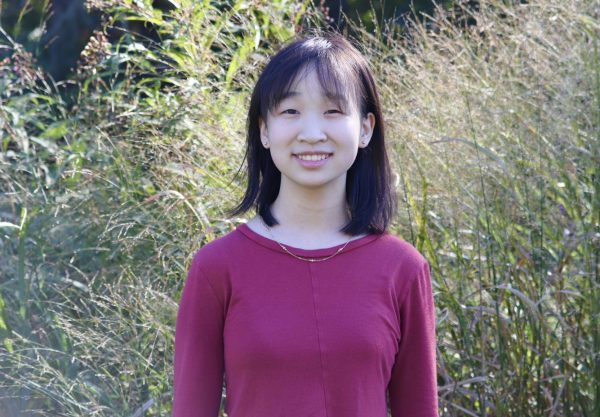
Alyssa Ao, Class of 2025, is a co-graphics editor for WSPN. She is also one of the Math Team captains and co-president of the Art Club. Outside of school,...

Reva Datar, Class of 2025, is co-editor-in-chief of WSPN and a fourth year reporter. Previously, she was the Opinion editor and News and Opinion copy editor...

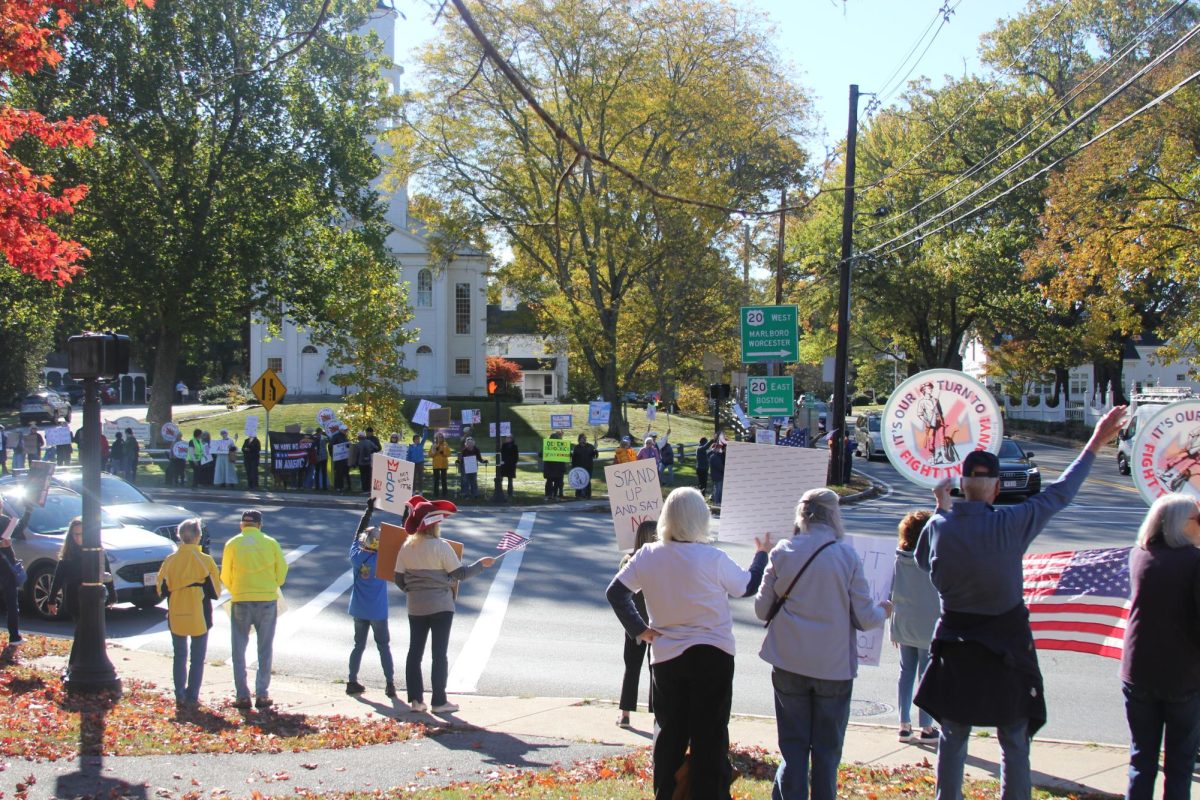









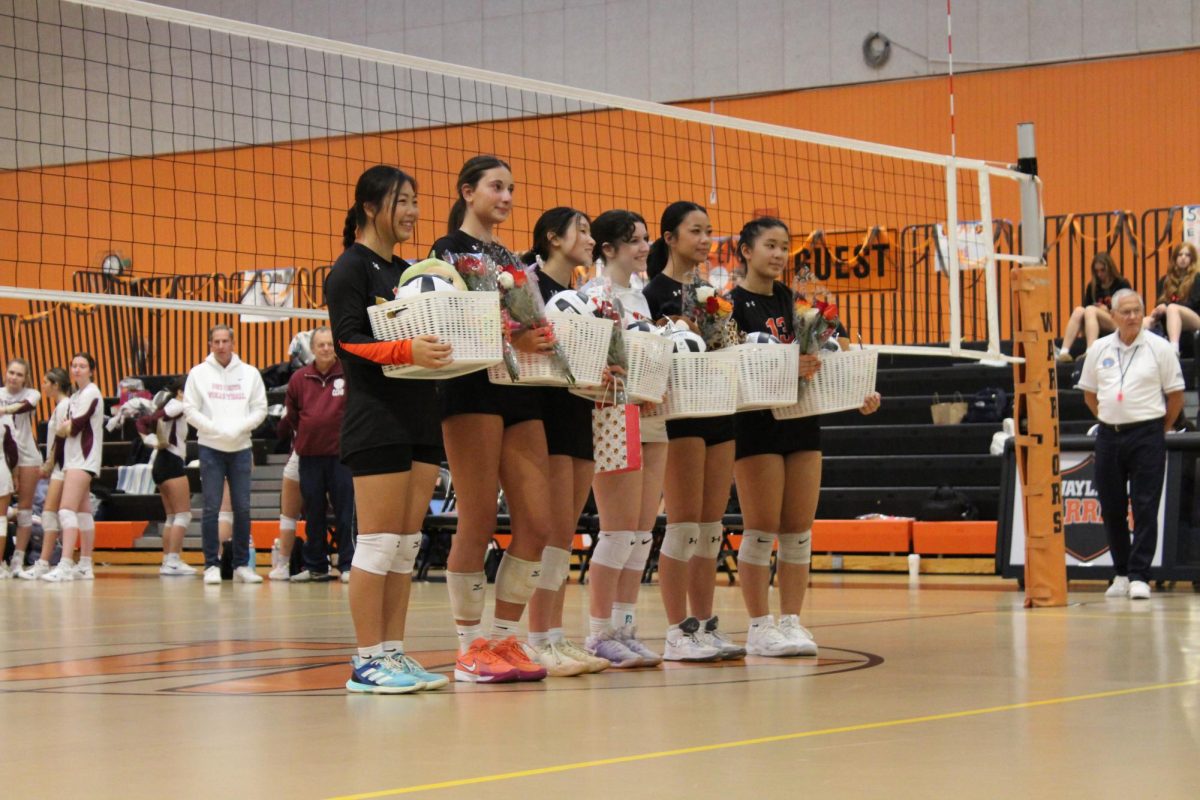
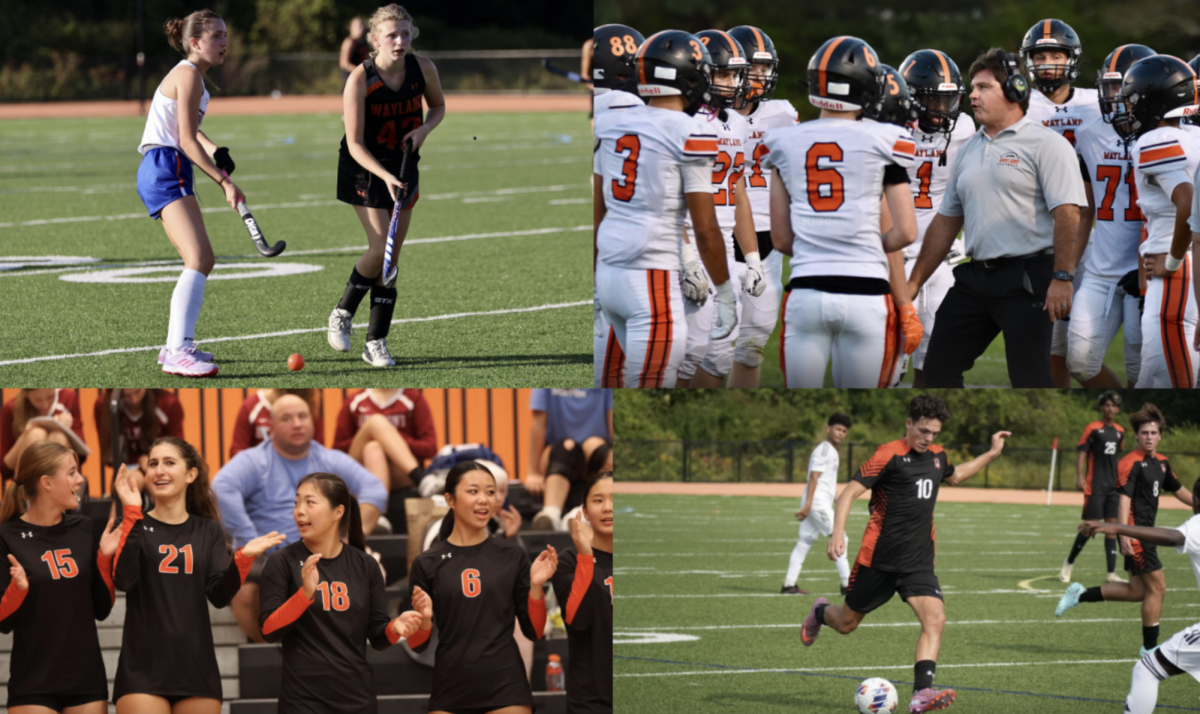
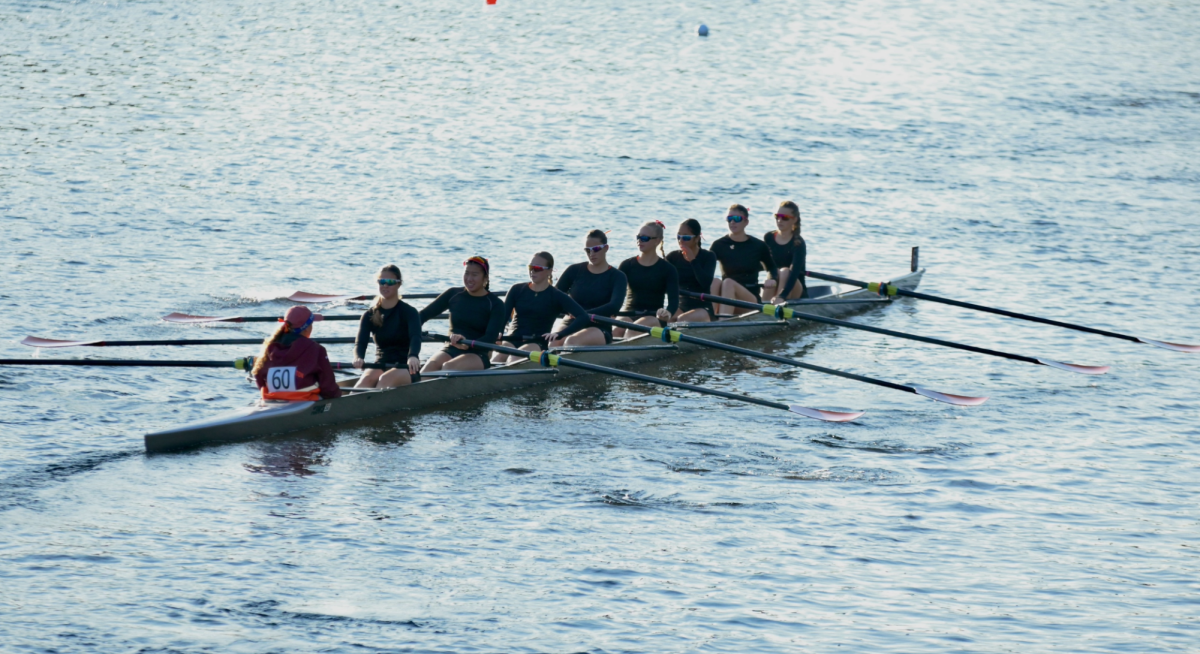
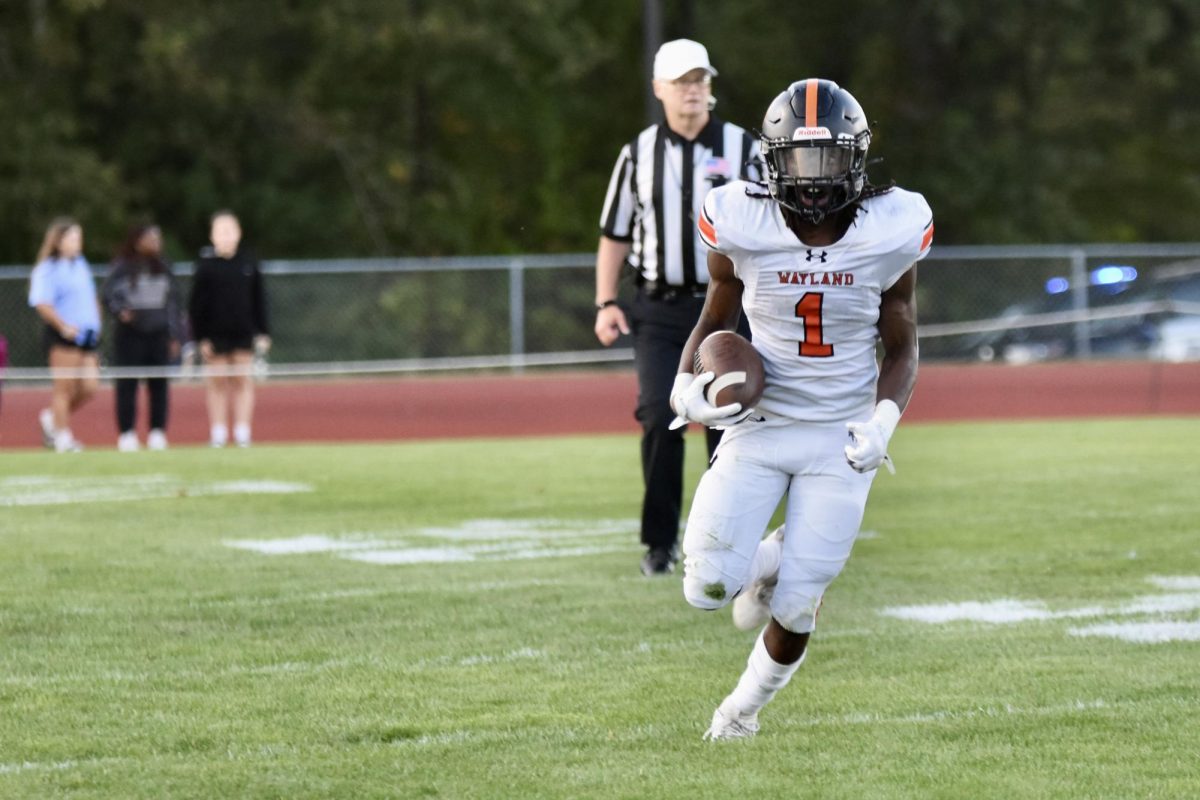
![This year, the Wayland team is made out of a JV team and a varsity team. There is a wide range of grades from eighth grade to twelfth grade that make up the teams. " [What] I will miss most [about the seniors] is their willingness to be involved," sophomore Mackenzie Grogan said. "Whether it was with school drama or referee frustration, they were really good at listening and giving good advice."](https://waylandstudentpress.com/wp-content/uploads/2025/10/8F0FD331-F005-4C3F-9F77-402D1C1953D6_1_201_a-1200x800.jpg)










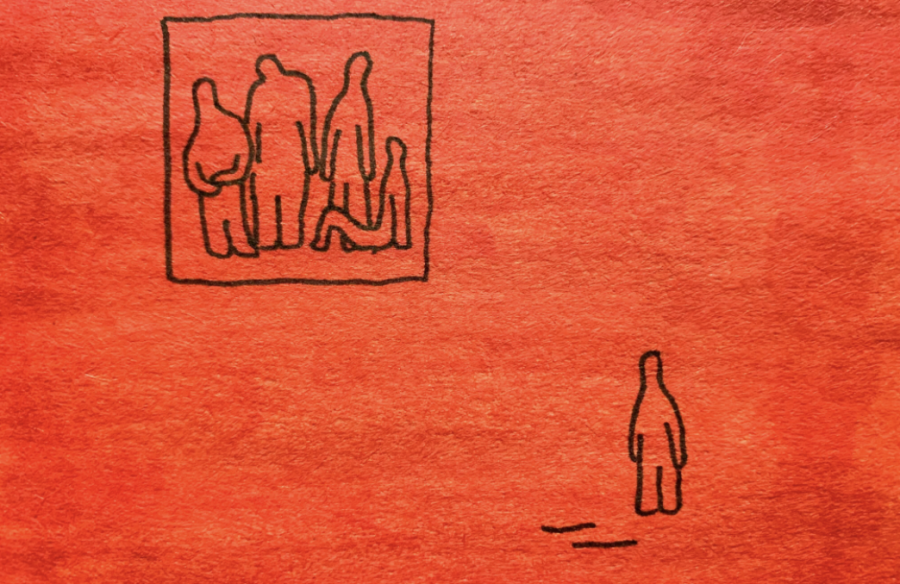
Christine • Feb 6, 2022 at 4:56 PM
This is an excellent, nuanced, important article. You unpack so many angles of the model minority stereotype. Nicely stated: “Asian Americans, by advantages they are assumed to have, are expected to easily meet the unrealistic expectations set for them as a monolithic group.” From a Happy Hollow mom.